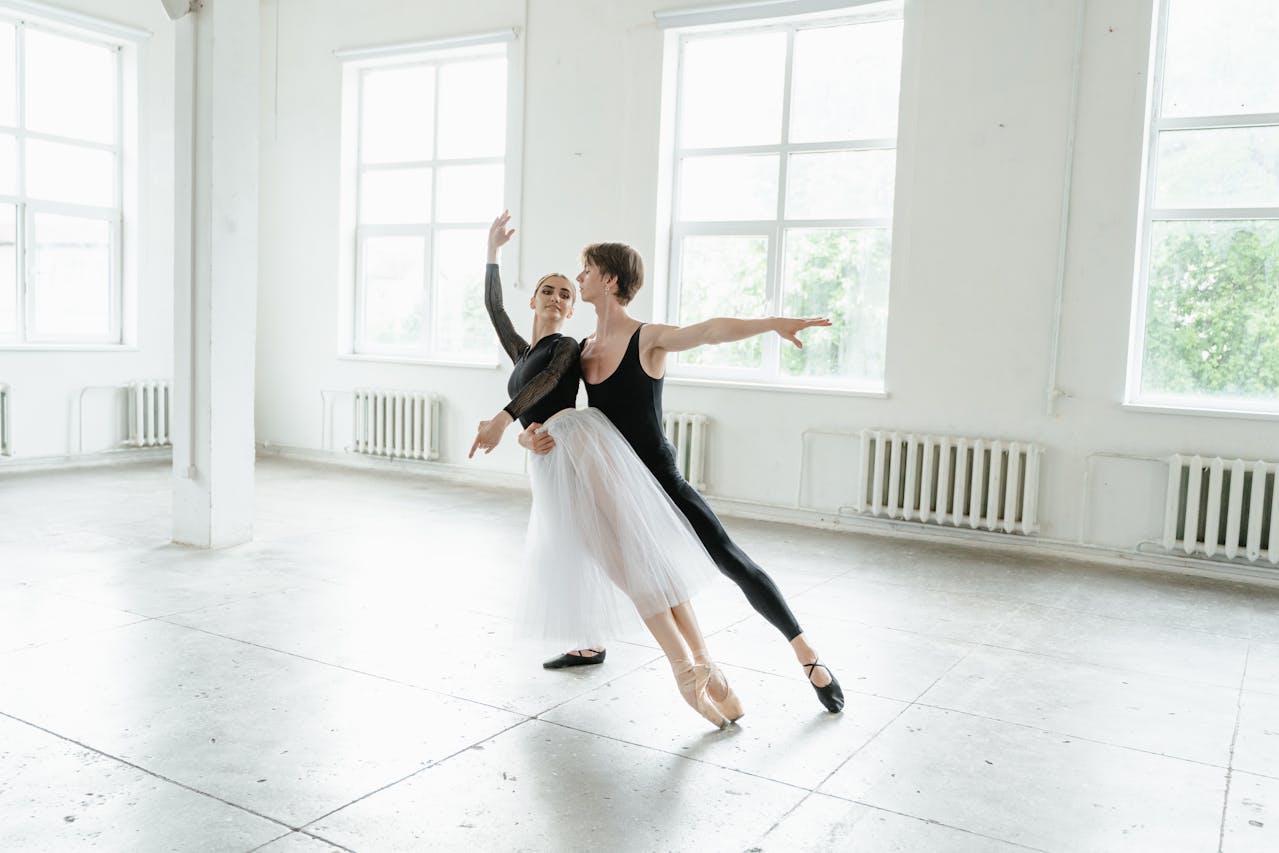Dancing, while a mesmerizing art form that combines grace, strength, and rhythm, is also an intense physical activity. Professional dancers, akin to high-performance athletes, push their bodies to the limit in the name of their craft. However, this often comes with a hefty price tag: injuries. An unsettling number of dancers face a spectrum of injuries during their careers, many of which are the direct result of overuse. The key to preventing these injuries lies in the optimization of rehearsal schedules. With careful planning and mindful practices, dancers can significantly reduce their risk of injury and enhance their performance.
Understanding the Risks: The Physical Demand of Dance
The grace and beauty of a professional dance performance often veil the harsh physical realities lurking beneath the surface. From ballet to hip-hop, every dance style places unique demands on the body, and understanding these demands is the first step towards preventing injuries.
En parallèle : Master the slopes with private ski lessons in plagne centre
According to a review published in Sports Med journal, dancers are at a high risk of overuse injuries. Given their rigorous training schedules and the repetitive nature of their movements, dancers often push their bodies beyond their physical limits. Over time, this can lead to a variety of injuries, especially in areas such as the hip, back, and feet.
Injuries in dancers are not limited to these areas, however. Research published on PubMed has shown that overuse injuries can affect numerous parts of the body, depending on the specific dance style and the individual dancer’s physical condition. For instance, ballet dancers often experience ankle injuries, while hip-hop dancers may sustain knee injuries due to their fast-paced and high-impact movements.
Sujet a lire : Mastering the slopes: ski lessons in courchevel 1850
The Role of Strength Training in Injury Prevention
Strength training plays a pivotal role in injury prevention for dancers. It not only enhances performance but also fortifies the body, making it more resilient to injuries. However, it’s crucial that strength training be incorporated into a dancer’s schedule in a balanced and thoughtful manner.
A study by Scholar observed that dancers who incorporated regular strength training into their rehearsal schedules experienced fewer injuries. Their bodies were better equipped to handle the physical demands of dancing, thereby reducing the risk of overuse injuries. Notably, this doesn’t mean that dancers should spend all their time in the gym. The challenge lies in finding a balance between dance rehearsals and strength training.
Strength training exercises should be tailored to the individual dancer’s needs. For example, ballet dancers might benefit from exercises that strengthen the lower body, particularly the ankles and feet, while contemporary dancers might focus more on core strength. Regardless of the specific exercises chosen, the aim should be to increase the body’s overall resilience, thereby ensuring that dancers can continue to perform at their peak without risking injury.
The Importance of Rest and Recovery
Rest and recovery are as crucial to a dancer’s schedule as rehearsals and strength training. Without adequate downtime, the body doesn’t have an opportunity to repair and rejuvenate, which can lead to a greater risk of overuse injuries.
The power of rest in injury prevention is well-documented. A PubMed review found that athletes who didn’t get enough rest were more likely to suffer from overuse injuries. The same principle applies to dancers. By incorporating regular rest days into their schedules, dancers can ensure that their bodies have time to recover from the demands of training.
Moreover, rest isn’t just about taking time off from physical activity. It also involves practices like getting enough sleep, maintaining a nutritious diet, and staying hydrated. These factors all contribute to the body’s ability to recover and fend off injuries.
Modifying Rehearsal Schedules
Modifying rehearsal schedules is a practical way for dancers to prevent overuse injuries. While it’s essential to spend ample time rehearsing, it’s equally important to ensure that this doesn’t come at the expense of the dancer’s health.
The key is to create a schedule that incorporates a balance of different activities, including rehearsals, strength training, and rest. This doesn’t necessarily mean reducing rehearsal time, but rather, it means organizing rehearsals in a way that allows for adequate rest and recovery.
For instance, instead of rehearsing for several hours at a stretch, dancers might break their rehearsals up into shorter, more manageable blocks. This can help to prevent fatigue and reduce the risk of injury. Likewise, instead of scheduling back-to-back rehearsal days, dancers might alternate rehearsal days with strength training days, thereby giving their bodies time to rest and recuperate.
Ultimately, by understanding the physical demands of their craft, incorporating strength training, prioritizing rest and recovery, and modifying their rehearsal schedules, professional dancers can significantly reduce their risk of overuse injuries. This not only enhances their performance but also prolongs their careers, allowing them to continue doing what they love for a longer time.
Analyzing Risk Factors: Unique Vulnerabilities in Dance
Delving deeper into the unique world of dance, it’s paramount to understand that each dance style brings with it specific risk factors. The physical requirements of ballet, contemporary dance, hip-hop, or jazz, for example, target different muscle groups and exert diverse strains on the body. A systematic review published in the Orthop Sports Phys Ther journal highlighted the relationship between dance style and specific injury sites, underscoring the importance of recognizing these nuances in injury prevention.
Ballet dancers, for instance, place immense pressure on their lower extremities, especially their feet and ankles. Consequently, they are susceptible to overuse injuries such as stress fractures, tendonitis, and sprains. A study found through Google Scholar revealed that an alarming 57% of professional ballet dancers had experienced foot or ankle injuries due to overuse.
On the other hand, contemporary and hip-hop dancers often engage in explosive, dynamic movements, which can lead to injuries in the knees, back, and hips. This type of injury pattern was confirmed in a Sports Med review, citing a high injury incidence rate among professional dancers in these genres.
Understanding these risk factors allows dancers to tailor their training and injury prevention strategies accordingly. For instance, ballet dancers might focus more on foot and ankle strengthening exercises, while hip-hop dancers might pay extra attention to their knee and hip stability.
Dance Injury Prevention: A Holistic Approach
Preventing dance injuries is not an isolated task; it requires a comprehensive, holistic approach. This means considering all aspects of a dancer’s lifestyle, from physical training to nutrition, rest and recovery, and mental wellbeing. As found in a Phys Ther journal review, addressing these areas can significantly reduce injury incidence among professional dancers.
A cornerstone of this holistic approach is maintaining a well-rounded, balanced diet. Dancers need adequate nutrients to fuel their bodies and support recovery. This includes enough protein for muscle repair, carbohydrates for energy, and fats for overall health. In addition, hydration plays a crucial role in preventing muscle cramps and fatigue, both of which can increase the risk of injury.
Mental health is another essential aspect of injury prevention. A study found on PubMed Google highlighted the link between stress, anxiety, and injury among dancers. By practicing mindfulness and stress-relief techniques, dancers can better manage their mental wellbeing and potentially reduce their risk of injury.
Conclusion: The Pathway to Longevity in Dance
Dance, while a source of joy and passion for many, can also be a challenging path, marred by a high risk of overuse injuries. However, with careful planning, informed strategies, and a comprehensive approach to health and wellbeing, this risk can be significantly mitigated. The key lies in understanding the unique physical demands and risk factors associated with each dance style, incorporating balanced strength training, prioritizing rest and recovery, and adopting a holistic approach to health.
Prevention is, indeed, better than cure. By taking the time to understand their bodies, recognize their vulnerabilities, and adjust their rehearsal schedules, dancers can not only enhance their performance but also prolong their careers. As the saying goes, longevity in dance is not about dancing through the pain, but about dancing around it.

